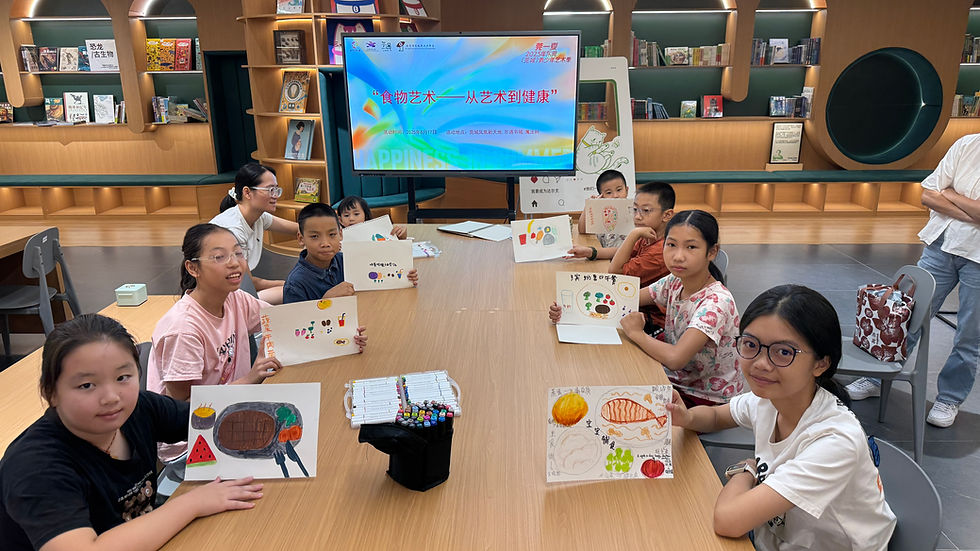Ambassadors of Vital Fuel New Chapters
Why we’re starting local chapters
We want to build real, on-the-ground capacity — not just another online course — because lasting food knowledge and healthy habits spread fastest when people learn together in their own neighborhoods. Chapters let communities adapt lessons to local crops, seasons, and food traditions, turn small wins into visible, sustainable change.
Who can join?
Ambitious youth and community members everywhere are welcome: high-school and university students, young professionals, community organizers, and anyone passionate about health, nutrition, food preservation, and local foodways. You don’t need formal experience — just curiosity, commitment, and a desire to improve your community’s wellbeing.
What you should do (simply how to get started)
-
Apply for Vital Fuel’s ambassador (Form below).
-
Start a chapter as a school club or community group (high school, university, neighborhood association).Recruit core members and pick a small first project from existed Vital Fuel programs, our start your own!
-
Recruit core members and pick a small first project from existed Vital Fuel programs, our start your own!




Art, anthropology, and oral history converge in Food, Flesh, and Care—a virtual Vital Fuel exhibition on Art Placer that reveals women’s relationships with food; debuting October 2025.
Online Art Exhibition — Nutrition & Women
What Is The Exhibition About?
A curated virtual exhibition where artists, anthropologists, and historians investigate how food, nutrition, gender, and health intersect in women’s lives. Through photography, mixed media, video, and archival research, the show surfaces intimate — and sometimes hidden — relationships between women and food: the nourishing, the forbidden, and the ceremonial.
Why it matters?
Art creates an empathetic space to reveal women’s nutritional experiences, social norms, and unequal access to healthy diets. By pairing visual practice with anthropology and oral history, the exhibition reframes nutrition as a cultural practice tied to care, power, identity, and bodily autonomy, inviting audiences to see everyday food work as political and generative.
What we’re including:
-
Media: photography, mixed media, video works, archival documents, and oral-history word collections.
-
Thematic galleries that structure the virtual visit.
Topics We Cover
-
Maternal nutrition and postpartum food practices.
-
Women & fungi: foraging, knowledge transmission, and market roles.
-
Staples and coarse grains: root crops, millet, cassava processing.
-
Food preservation: fermentation, drying, and household storage techniques.
-
Food labor and the “kitchen revolution”: tea rooms, domestic tech, and public dining access.
-
Body image, dieting, and social norms around women’s eating.
-
The “forbidden”: taboos, rituals, and hidden economies tied to women’s diets.
-
Female chefs, culinary innovators, and community food entrepreneurship.
-
Processed foods and changing snack cultures in urban contexts.
Food Map of China: Preserving Regional Food
With over 5,000 years of culinary history, Chinese cuisine is one of the world’s most diverse and deeply rooted food traditions. To honor that legacy, we are creating an interactive, multimedia food map that documents the anthropology, history, and nutrition behind China’s regional dishes. More than just a guide to what to eat, the map explores why foods are prepared the way they are, revealing the cultural, ecological, and historical forces that shaped them.
What will the map include?
-
Geolocated food entries: photos, oral histories, recipes, and nutrition facts tied to specific cities and provinces.
-
Food anthropology focus: contextual stories about farming practices, rituals.
-
Crowd-sourced & scholarly input: contributions from community members alongside academic partnerships to ensure richness and accuracy.
Why it matters
This map transforms everyday dining into a cultural journey — helping people not only discover what to eat, but also to experience Chinese food with a deeper understanding of its background, heritage, and living traditions. Whether you’re traveling, learning in the classroom, or cooking at home, the food map connects taste to history, and meals to meaning.

Vital Fuel
Contact Us
Get Involved
